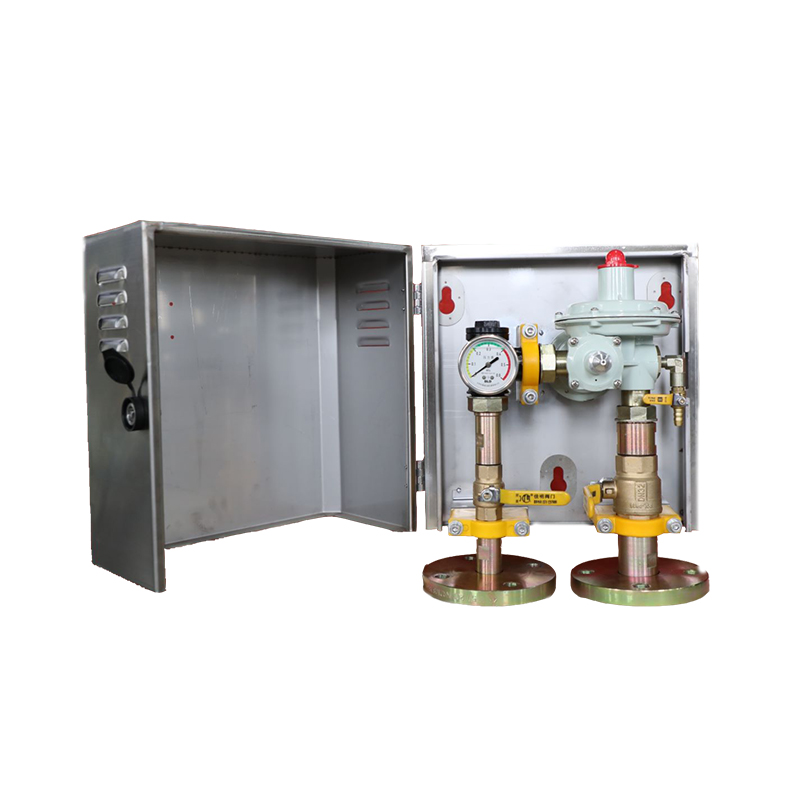
Dec . 11, 2024 10:01
Back to list
Understanding the Importance and Functionality of Safety Valves in Industrial Systems
The Importance of Safety Valves in Industrial Processes
Safety valves are critical components in various industrial processes, serving a vital role in ensuring the safety and efficiency of systems that handle high-pressure fluids or gases. These devices are designed to automatically release pressure when it exceeds a predetermined limit, thereby preventing potential hazards such as equipment failures, explosions, or catastrophic accidents. Understanding the functionality, types, and applications of safety valves is essential for engineers and operators across different sectors.
At its core, a safety valve functions as a fail-safe mechanism. When pressure in a system becomes dangerously high, the safety valve opens, allowing excess pressure to escape while maintaining the integrity of the system. The valve typically closes again once the pressure returns to a safe level. This action protects not only the equipment but also the personnel working in close proximity to potentially hazardous environments.
There are several types of safety valves, each suited to specific applications. The most common are the spring-loaded safety valve and the pilot-operated safety valve. A spring-loaded safety valve relies on a spring mechanism to hold the valve closed under normal operating conditions. When the pressure reaches a specific set point, the pressure overcomes the spring tension, causing the valve to open. On the other hand, pilot-operated safety valves use a pilot signal to control the opening and closing, offering more precise pressure control and a larger capacity for discharge.
safety valve

In various industries, safety valves play an indispensable role. In the oil and gas sector, for instance, they are crucial in drilling operations and refining processes, where pressures can fluctuate dramatically. A failure in the pressure containment can lead to serious accidents, including blowouts. Similarly, in chemical manufacturing, where hazardous substances are often involved, safety valves are employed to mitigate the risk of explosions or chemical leaks. The pharmaceutical industry also utilizes safety valves to ensure that processes remain within safe operational limits, preventing contamination and ensuring product integrity.
The importance of regular maintenance and testing of safety valves cannot be overstated. Over time, environmental factors, wear and tear, and corrosion can affect the performance of safety valves. Regular inspections help ensure that valves are functioning correctly and that they can respond appropriately during an emergency. Maintenance protocols should include cleaning, testing the pressure settings, and replacing any worn components.
Moreover, regulatory standards govern the use of safety valves across industries. Organizations such as the American Society of Mechanical Engineers (ASME) and the Occupational Safety and Health Administration (OSHA) set guidelines that dictate the design, testing, and maintenance of safety valves. Compliance with these regulations ensures not only the safety of the processes but also the legal protection of the companies involved.
In conclusion, safety valves are an essential aspect of industrial safety management. They provide a necessary safeguard against the dangers associated with high-pressure systems, protecting both equipment and personnel. As industries continue to develop more advanced technologies and processes, the role of safety valves will only become more critical. Continuous improvement in design and maintenance practices will enhance the reliability of these devices, thereby contributing to safer working environments and more efficient operations. Understanding their significance is paramount for anyone involved in the management or operation of pressurized systems. The investment in proper safety valve systems and their upkeep is not merely a regulatory obligation but a moral one—ensuring a safer future for all.
Latest news
-
Safety Valve Spring-Loaded Design Overpressure ProtectionNewsJul.25,2025
-
Precision Voltage Regulator AC5 Accuracy Grade PerformanceNewsJul.25,2025
-
Natural Gas Pressure Regulating Skid Industrial Pipeline ApplicationsNewsJul.25,2025
-
Natural Gas Filter Stainless Steel Mesh Element DesignNewsJul.25,2025
-
Gas Pressure Regulator Valve Direct-Acting Spring-Loaded DesignNewsJul.25,2025
-
Decompression Equipment Multi-Stage Heat Exchange System DesignNewsJul.25,2025

